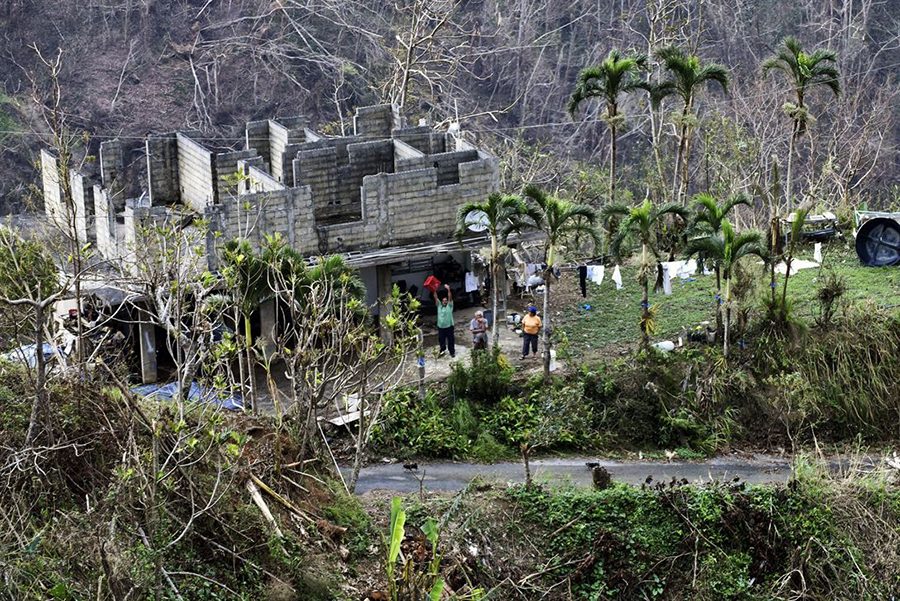Reason to hope? Puerto Rico offered a sustainable dream
As Puerto Rico struggles to pick up the pieces left behind from hurricane devastation, many are without power, safe structures and clean water. Some roads, rendered useless, are choked by debris, others have ceased to exist at all.
In the meantime, animals lay dead in the water. The death toll climbs to 45. People – fathers, mothers, sons, daughters – are missing and unaccounted for.
Communication is difficult; devices have limited battery life and no means to restore them. Some newspapers, perhaps erring on the side of sensationalism but most likely without need to, have termed Puerto Rico to be suffering “apocalyptic conditions.”
Amidst the wreckage, a solution to at least one of the issues facing the U.S. territory extended its hand through an unlikely medium: Twitter. Solar power, offered by Elon Musk, suddenly becomes a possibility.
A dialogue opens.
As plans are made, there is no doubt that sustainable energy is the future; it’s a path with benefits in store for the health of the planet as well as energy security.
In 2016, only 2% of energy produced in Puerto Rico was a result of green sources, while the majority came from petroleum and 17% from coal burning. Coal burning.
And yet, there is an air of skepticism surrounding Musk’s offer. While the news has not addressed it, and perhaps is more savvy to the details than the casual journalism student, there are a few elements that don’t seem feasible.
The obvious drawback is that massive projects, like rebuilding an entire island to be completely solar-powered, are expensive. If the project were to go ahead, it would have to be approved by the federal government and then the island government, and Puerto Rico is in a notoriously tight spot financially.
Not to mention that solar panels take up space. Lots of space. Puerto Rico is a small 3,515 square mile island in which 22% of their land is arable and 63.2% is forest.
Musk’s solar plan, should it follow his track record with similar ventures, seems to involve solar panel installations on residence roof tops paired with battery packs on the ground.
This proposal then begs the question: If so many buildings and residences in Puerto Rico are in a state of ruin, is their repair (especially roofs) also budgeted for? If not, are they suggesting that solar panel fields encroach on valuable agricultural land or environmental areas?
There is no question that Puerto Rico has much to gain from electrical reform. Even prior to the damage being suffered, Puerto Rico faced a similar large-scale power outage as a result of maintenance issues.
Solar power offers an exciting opportunity for improvement, but only if those behind it are forthright and honest with their ability to make it happen.
Meanwhile, maybe some small-scale solutions are of dire need too? Solar power is a dazzling thought, but resources must also be directed at providing clean water sources, getting hospitals at least some electricity (generators perhaps), and preserving the health of the people.
In the end, it is the people that are the most important. Hopefully, renewable energy sources are a reality that Puerto Rico is able to benefit from. If not, they may continue to be without power for another six months, potentially a year.


